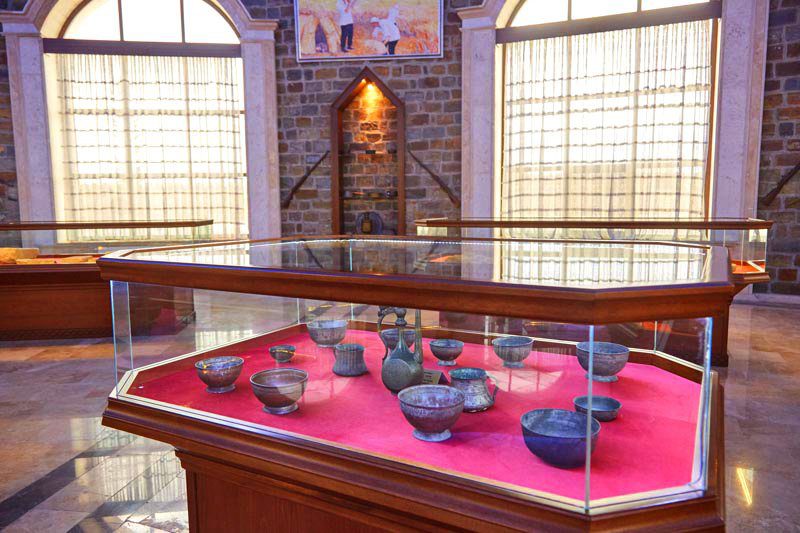



Nakhchivangala is an archaeological monument located in the southeast of Nakhchivan city. In the scientific literature and among the people, it is known by the names Nakhchivangala and Köhnaqala. The construction date of the fortress belongs to the years 632-652. In 1957-1959, during the research conducted in the territory of the fortress, rich archaeological materials, in particular, pottery fragments, stone clubs were discovered. It is known from archaeological research that such stone maces were used in the Salt mines in the Bronze Age in the 3rd-2nd millennia BC. According to the information given by the Turkish traveler Evliya Çelebi, the Mongol invaders destroyed the fort. French travelers Chardin and Frehang, who later visited Nakhchivan, mention that fortress in their works. The castle was active until the 19th century. In the plan of 1827, this castle was marked schematically. According to the plan, the castle consists of two parts – the small castle – Naringala and Böyükqala. In the southwest of Naringala, there is an underground shelter-cave that can protect 300 people. A hole is opened from above for its ventilation and lighting. A hidden path from the cave to the east of the castle probably leads to the Nakhchivan River, which flows about 2 kilometers from the castle. Two wells of the river passing under Naringala are located inside the castle.

